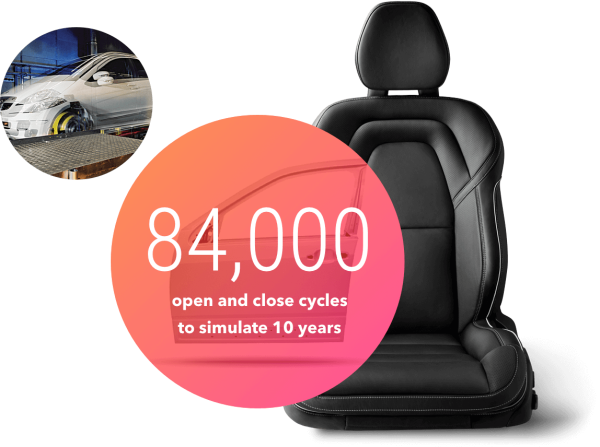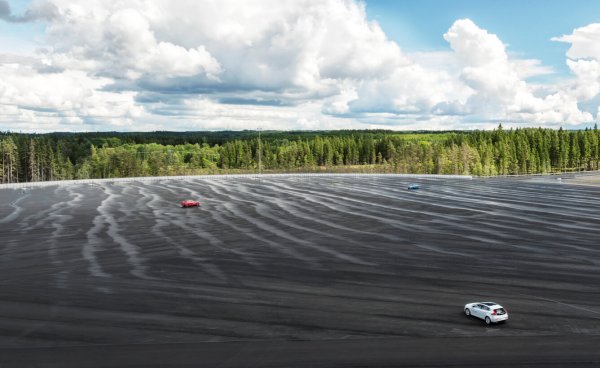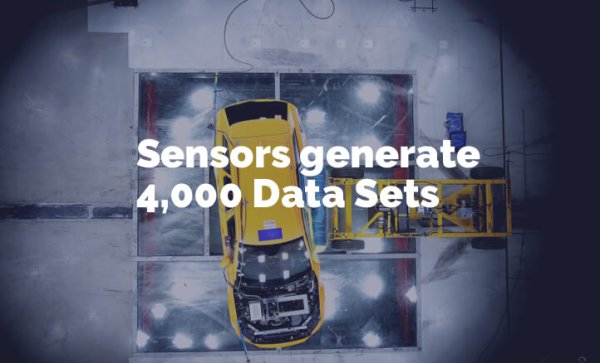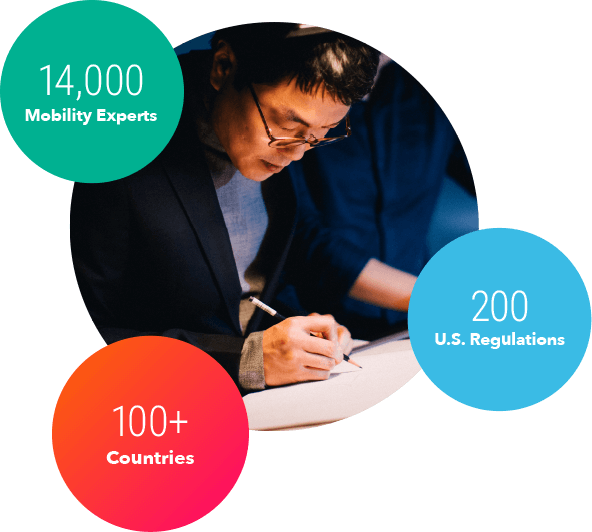Building a new vehicle comes together as part of a complex, rigorous and challenging cycle that results in one groundbreaking innovation after another. And the reward goes to the customers. Customers who have more choices and more products with ever advancing technologies.
HOW INNOVATION GETS TO MARKET
Automotive Manufacturing 101: The Multi-Year Process from Idea to Product
Rigorous Testing
An auto must function safely and efficiently in the harshest climate conditions, from freezing cold to 100 percent humidity to desert temperatures - while running on the roughest roads, from urban potholes to unpaved country roads. They must perform at highway speeds for as much as a 150,000-mile lifetime. And they must do all of this while meeting hundreds of regulatory standards on top of consumer convenience demands.

Before any auto technology goes on sale, it passes through a series of advanced test facilities operated by thousands of auto engineers and scientists. Automakers have built high-tech test chambers so engineers can evaluate products in different environments, ranging from -40 degrees to 130 degrees. A model may spend 200 hours in a wind tunnel as researchers and stylists work to lower wind resistance and improve mileage. Aerodynamic drag accounts for about 20 percent of the energy a vehicle needs just to move through normal air resistance.
An auto needs to withstand years of tough duty, so researchers keep studying how to extend a vehicle’s life, both inside and out. Even seats are tested for durability. Using robots, automakers research how people of all shapes and sizes affect the upholstery, seat cushions and seat structures over the life of the vehicle. High performance extends to car doors too. It takes 84,000 open-and-close cycles to simulate 10 years of customer use of a car door. This testing happens in a wide range of temperatures, just like real life.


Automakers test and perfect their products at huge, company-owned proving grounds, which include roads designed to replicate real-world conditions, with potholes, bumps and other hazards. Despite the fastest computers and sophisticated test chambers, a model still needs to be tested on actual roads. Many operations of a vehicle can be simulated by computer, and engineers need to understand how different systems in an auto interact with each other during regular use.
To test for durability, an automaker can easily rack up 2 million miles of on-road and track testing on a single model of vehicle. That equates to 80 trips around the world. It’s a global industry and testing is worldwide, too. A model may be driven in extreme conditions like the jungles of Brazil and the mountains of New Zealand. Research in the Southern Hemisphere can extend the seasons for testing and speed up development.


In a split second your car’s safety system needs to create a protective shield around you and your family. These complex automotive systems take researchers years to develop, and every aspect is tested and retested before ever entering the market. In an auto test facility, a new model of vehicle undergoes testing for about 30 different crash conditions, including side impact, front impact and more. A crash test may only take two-fifths of a second, but the computer sensors can generate a stream of 4,000 data sets, and engineers take weeks to analyze all that information. As many as 25 crash test dummies may be used for testing just one model. Each high-tech dummy, which typically costs $100,000, is wired with sensors connected to a computer.
As one of the most regulated products in the marketplace, the automobile undergoes rigorous processes to become certified according to engineering and regulatory standards. Through the Society of Automotive Engineers (SAE), 14,000 mobility experts in 100+ countries have provided data resulting in more than 2,600 globally recognized standards for motor vehicle transport. An auto must comply with more than 200 government safety and environmental regulations in the U.S. alone. Title 40 of the Code of Federal Regulations, which is the section addressing environment, is actually longer than the U.S. tax code. Substantial changes to the federal law on occupant crash protection (FMVSS 208) added 50 tests to the auto development cycle, including new crash tests, new test dummies, and new airbag requirements. Results from any one of these tests can require vehicle changes, from simple recalibrations to significant re-design and re-testing.
